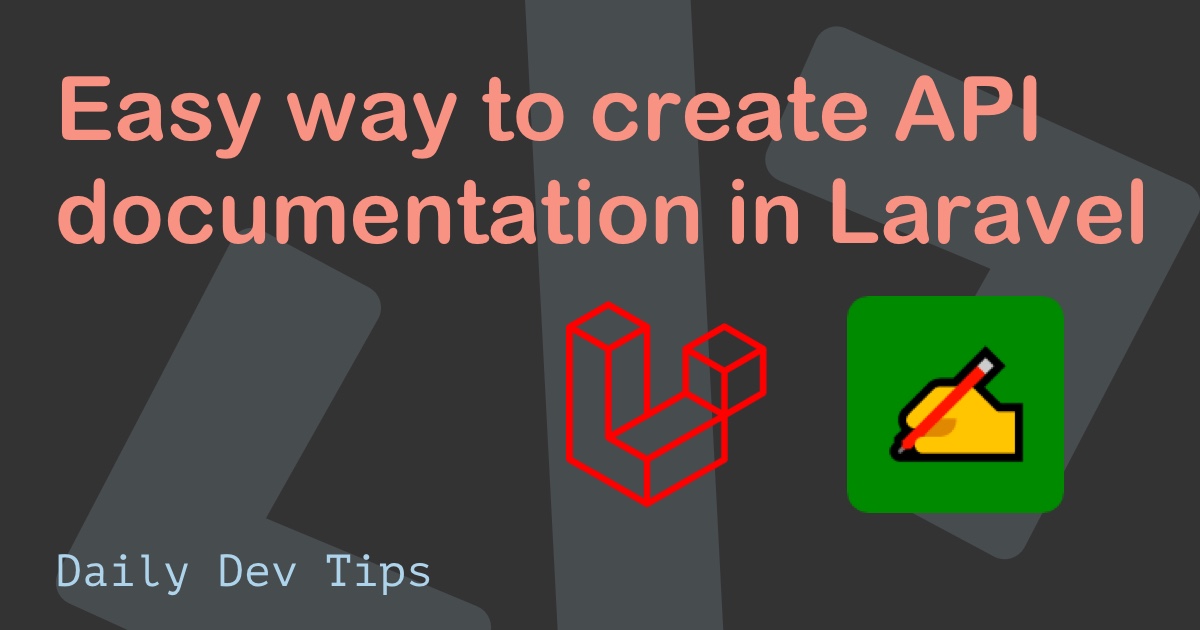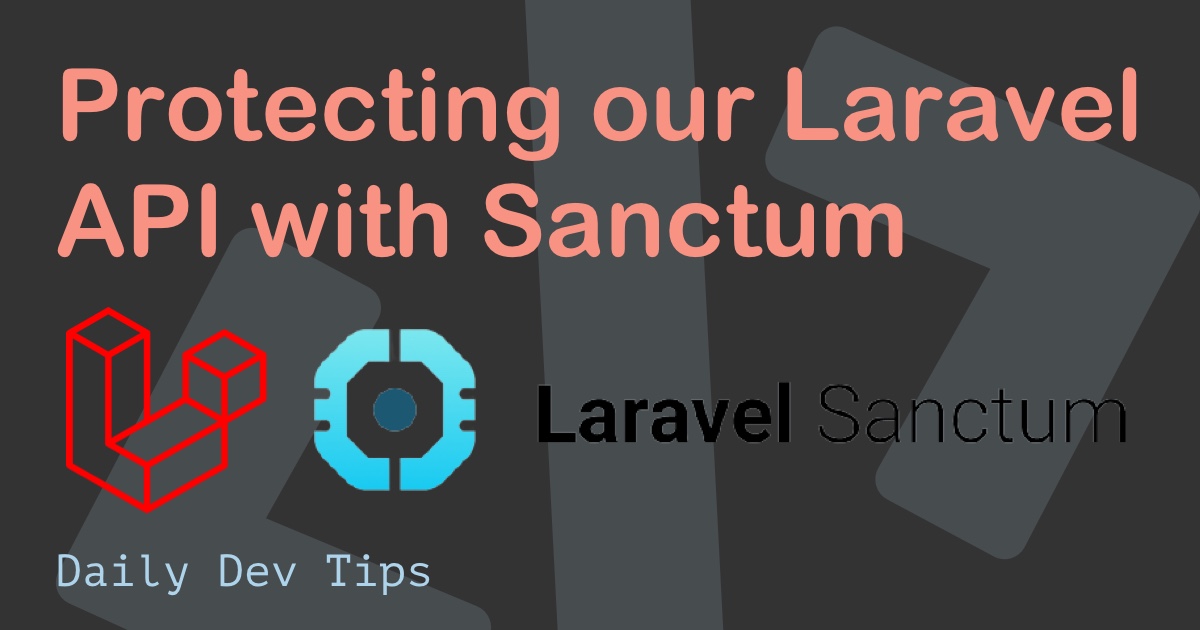Laravel itself already comes with API routes out of the box. In today's article, I will demonstrate some basic usage with no authentication.
In a later stage, we will look into securing our API routes.
The goal for today is to publicly call a book endpoint and retrieve all our books. We would also like to add a book.
This will not be behind an authentication layer for now.
Registering the API routes
In Laravel, we can register our API routes inside the routes/api.php file. All routes in here will be prefixed with API.
We could add all our routes manually like this:
Route::get('books', 'BookController@index');
Route::post('books', 'BookController@store');However, Laravel comes with another handy technique that allows us to create a resource controller.
And the best part, we can even generate it.
php artisan make:controller BookController --resource --model=BookThis will create a resource controller for our book model. A resource controller comes with the following routes out of the box.
| Method | URL | Action | Route name |
|---|---|---|---|
| GET | /books | index | books.index |
| POST | /books | store | books.store |
| GET | /books/{id} | show | books.show |
| PUT/PATCH | /books/{id} | update | books.update |
| DELETE | /books/{id} | destroy | books.destroy |
And we can register all these routes in our API route file by just including this one line.
Route::resource('books', BookController::class);Returning collection data in our API controller
Now that our endpoints are working, we need to fill them so they will actually return data.
Let's first start by creating a resource. Resources are a great way to talk between our model and API response.
php artisan make:resource BookResourceOnce that is created, head over to the BookController.php and change the index function to the following.
public function index()
{
$books = Book::paginate();
return BookResource::collection($books);
}Let's see if it works in Insomnia/Postman.

And it works! Now we can fill in the rest of the actions.
The show function will just return one book.
/**
* Display the specified resource.
*
* @param \App\Models\Book $book
* @return \Illuminate\Http\Response
*/
public function show(Book $book)
{
return new BookResource($book);
}As for creating a new book, we can use the following:
public function store(Request $request)
{
$validated = $request->validate([
'title' => 'required|string|max:255',
'year' => 'required|integer'
]);
$book = Book::create($validated);
return new BookResource($book);
}The validator is a super cool Laravel function that can do quite extensive validation.
Let's see what happens when we use the wrong request.

Cool right! However, we still get an error if we fill it out now.
"message": "Add [title] to fillable property to allow mass assignment on [App\Models\Book].",
That is because the title and year are not fillable on our model. Open up the Book model file and add the following.
protected $fillable = ['title', 'year'];If we now post again, we should add a book and get that book as our response.

With this create function, we can simply create the update function. That will update a book based on its ID.
public function update(Request $request, Book $book)
{
$validated = $request->validate([
'title' => 'required|string|max:255',
'year' => 'required|integer'
]);
$book->update($validated);
return new BookResource($book);
}
The last function we need is the one to delete a book. We should be able to delete a book based on its ID as well.
public function destroy(Book $book)
{
$book->delete();
return response(null, Response::HTTP_NO_CONTENT);
}And that's it. We now have our basic API controller. Built-in no time and hardly did any difficult custom stuff.
Thank you for reading, and let's connect!
Thank you for reading my blog. Feel free to subscribe to my email newsletter and connect on Facebook or Twitter

